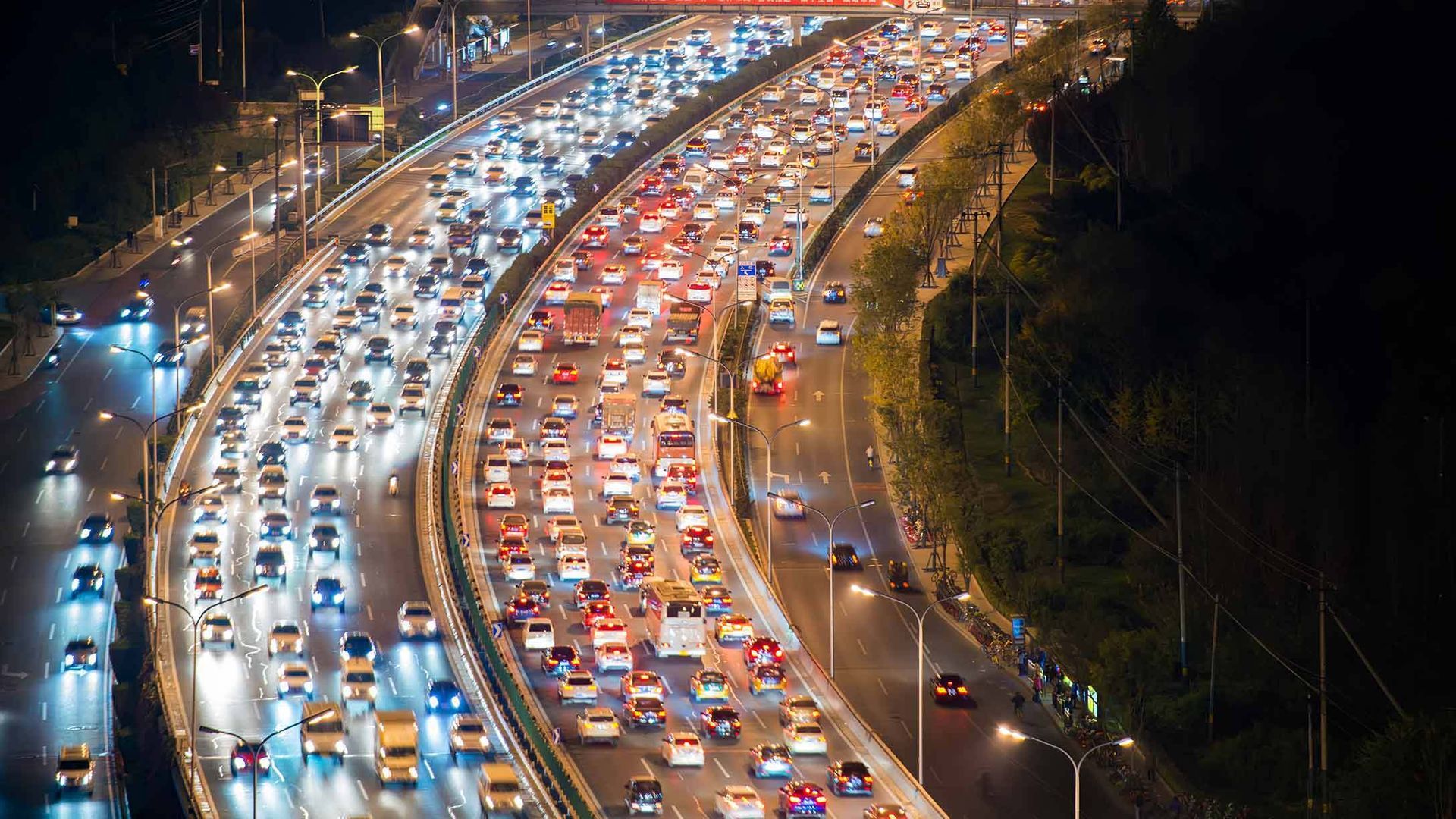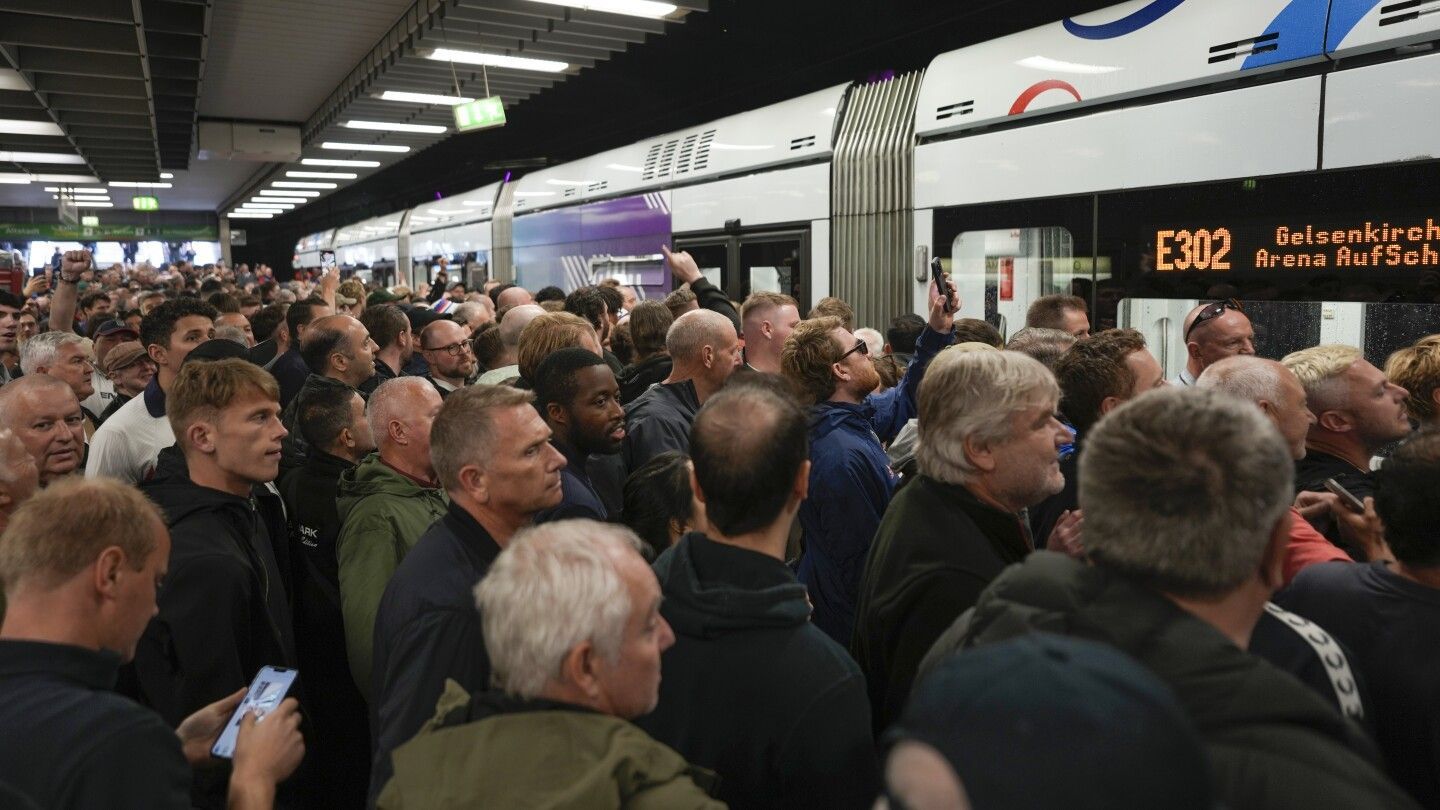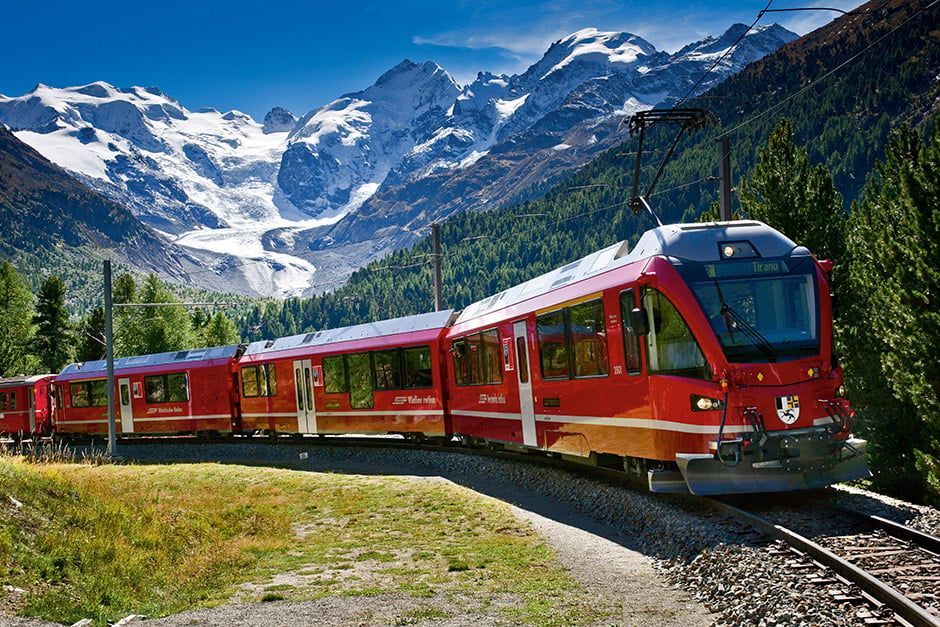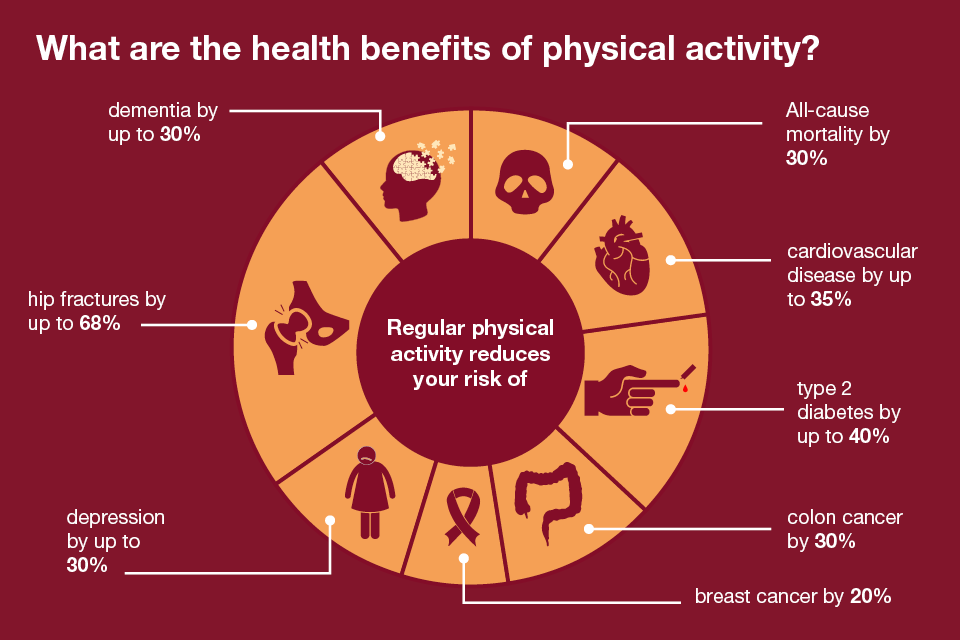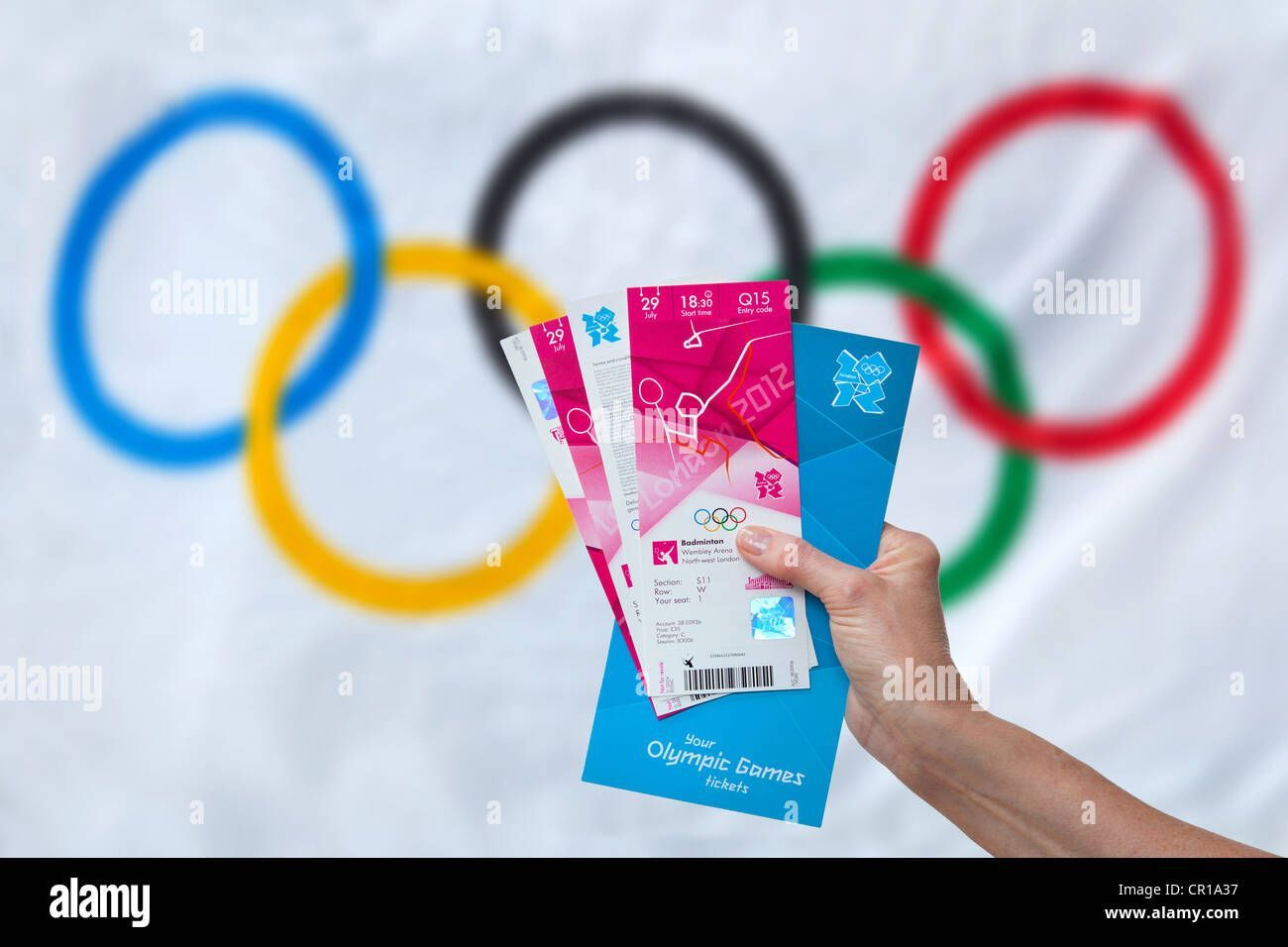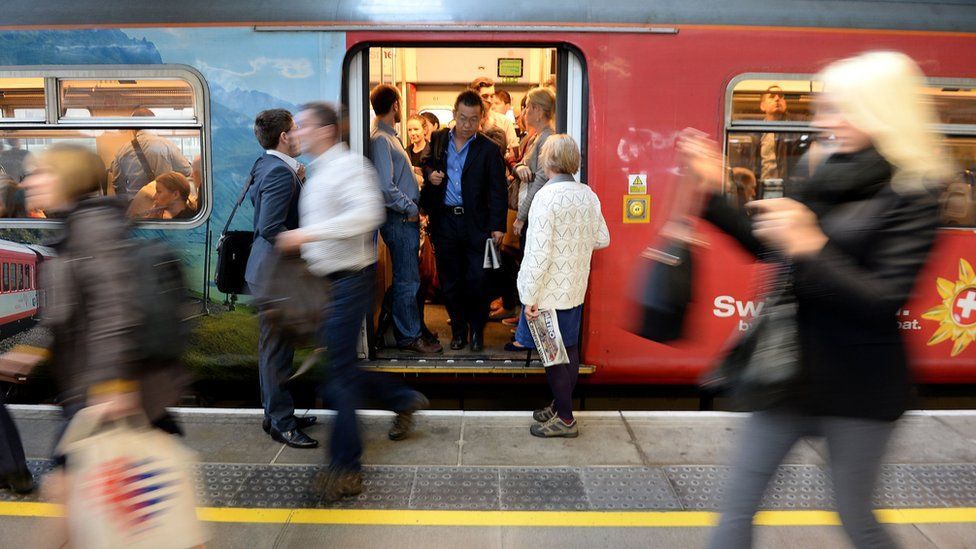Getting set for the fun and games
Preparing communities for the arrival of a major event
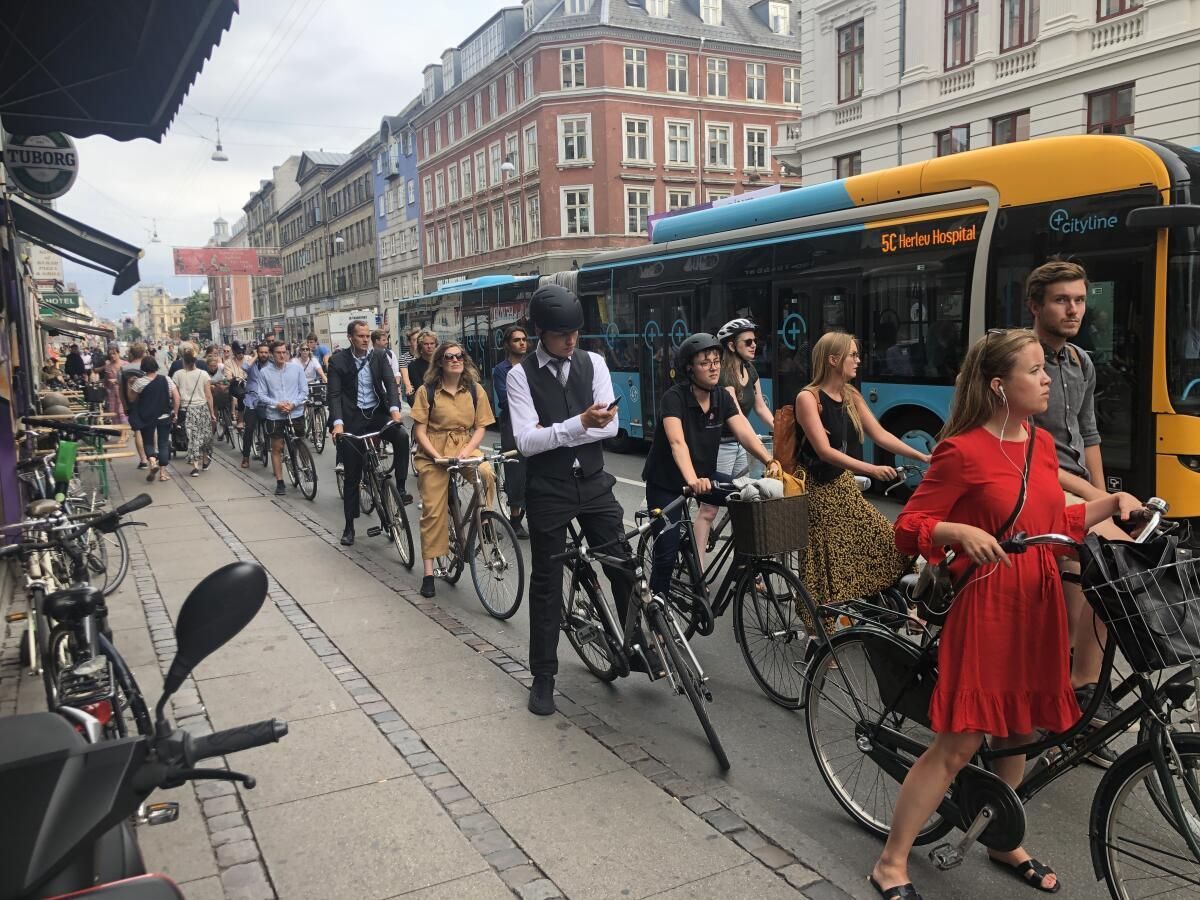
As we reflect on a good week spent in the company of a delegation of transport colleagues from the Association for Commuter Transportation interested in major events and venues there was a recurring theme in this Modeshift knowledge sharing trip. How does a town/city not familiar with hosting major events or hosting different types of events at a familiar venue prepare itself for the potential travel disruption and forge sustainability options?
This is an area In the Round has been fortunate to engage with in many places across the globe. Preparing a city’s residents and businesses for a major sports event requires careful planning and communication to ensure smooth operations, minimal disruptions, and a positive experience for both residents and visitors.
WHAT WE HAVE LEARNED
Here are a few soundbites from our many years experience on how to support the local community as they continue to try to live in a ‘business as usual’ world whilst an event is taking place:
1. CONFIRM WHO WILL LEAD THE NARRATIVE
Whilst the delivery of any supportive community programmes may be dispersed across many agencies it is in our experience vital that one organisation takes a leadership role. In the context of engaging with the existing community this is likely to be those representing the host town, city or country – worth noting that in the context of engaging with event goers this leadership role should in our view fall to the venue, sports club or event organising body.
2. ENGAGE THE COMMUNITY EARLY
a. Transparency and consistency: Be upfront about the potential scale and nature of disruption (if everyone continues to travel in the usual way) for their regular journeys during the event. Consider deploying the 5R ‘model’ of required travel behaviours (contact hello@intheround.global for additional information on these). Co-develop a core narrative on required travel behaviours with all stakeholders.
b. Awareness Campaigns: Start early with information campaigns through various media (social media, newspapers, TV, radio) to inform residents and businesses about the event. Highlight potential impacts on traffic, public transport, road closures, noise, and parking.
c. Resident and or Business Community Meetings: Hold town halls or virtual meetings to answer residents’ questions and address concerns, helping them feel involved in the process. Regular business briefings are also key.
d. One to one business engagement: In locations where there are larger businesses in areas that could be impacted by travel disruption (beyond just those around the venue) then consider one to one engagement and travel planning support.
e. Noise and Crowd Control: Residents may have concerns about noise levels and large crowds. Consider implementing curfews on amplified noise or limiting loud activities to certain times. Inform residents of the expected impact on local neighborhoods.
f. Disruption Mitigation: Provide clear information on how disruptions will be minimized, such as how waste collection, emergency services, and daily routines will be maintained despite the large-scale event.
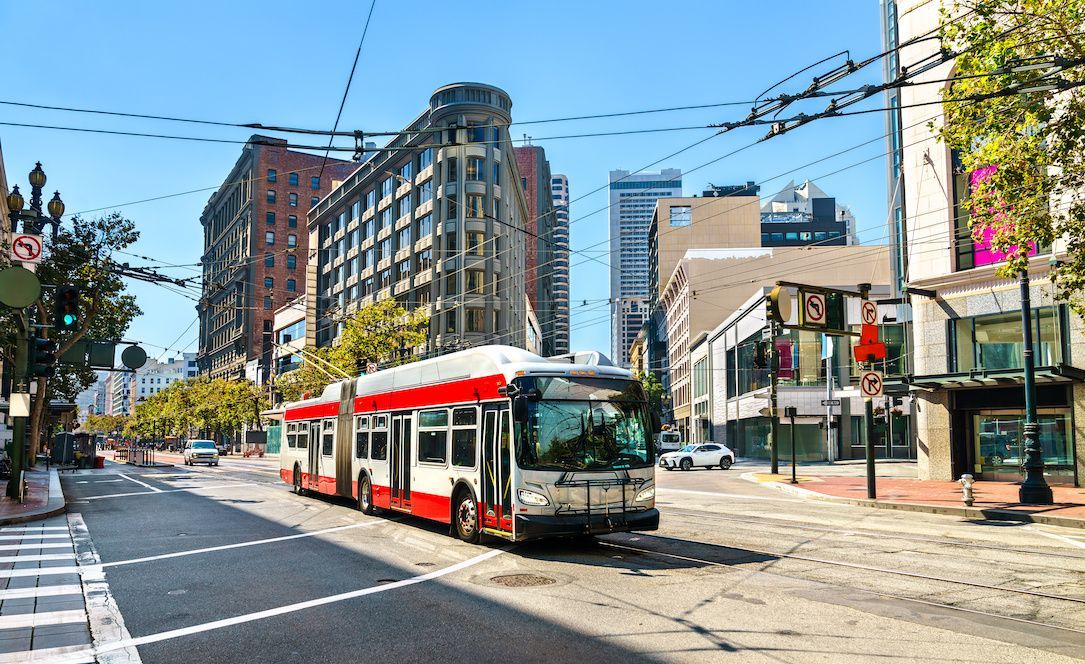
3. TRANSPORT OPERATIONS
a. Adapt to the target audience: The mistake is often made that the nature of the event being hosted does not have a baring on the nature of the transport solutions required. It is not the case that football (soccer) fans have the same travel behaviours as rugby / American football fans or indeed that the fan base of Taylor Swift has same travel demands as an NFL fan.
b. Public Transport Plans: Ensure public transport services are scaled up or adjusted to accommodate the influx of visitors. Consider adding special routes, extended hours, or additional buses/trains. Promote these options widely to reduce reliance on private vehicles.
c. Road Closures, Diversions and Disruption: Communicate well in advance about road closures and detours that may affect daily commutes. Be transparent about the extent of the potential impact of congestion as noted.
4. INFRASTRUCTURE AND FACILITIES PREPARATION
a. Upgrade Infrastructure: Improve roads, public transport hubs, and pedestrian walkways to handle the increased volume of people. This may include better signage, pedestrian paths, or upgrading transit facilities.
b. Stadium and Venue Access: Ensure that venues are well-connected to public transport and have enough parking spaces for both residents and visitors. Plan for smooth access and egress around venues.
5. PUBLIC SAFETY AND SECURITY
a. Security Measures: Coordinate with local law enforcement to ensure sufficient security around event venues, transportation hubs, and other key areas. Communicate safety measures to residents, including the location of temporary police stations, emergency services, and other safety facilities.
b. Crowd Management Plans: Develop strategies for crowd control to prevent overcrowding in public spaces, such as during the arrival and departure of spectators. Ensure the community are aware of how differently things may operate particularly if they result in changes to walking routes, cycle routes or public transport routes.
6. ENVIRONMENTAL CONSIDERATIONS
a. Sustainable Travel Initiatives: Encourage sustainable transport options like cycling, walking, and carpooling. Promote eco-friendly options such as electric vehicle charging stations, shared transport services, and more.
b. Waste Management: Ensure that waste management systems are up to the task of handling large crowds. Provide additional trash bins and recycling facilities and encourage residents and visitors to keep their surroundings clean.
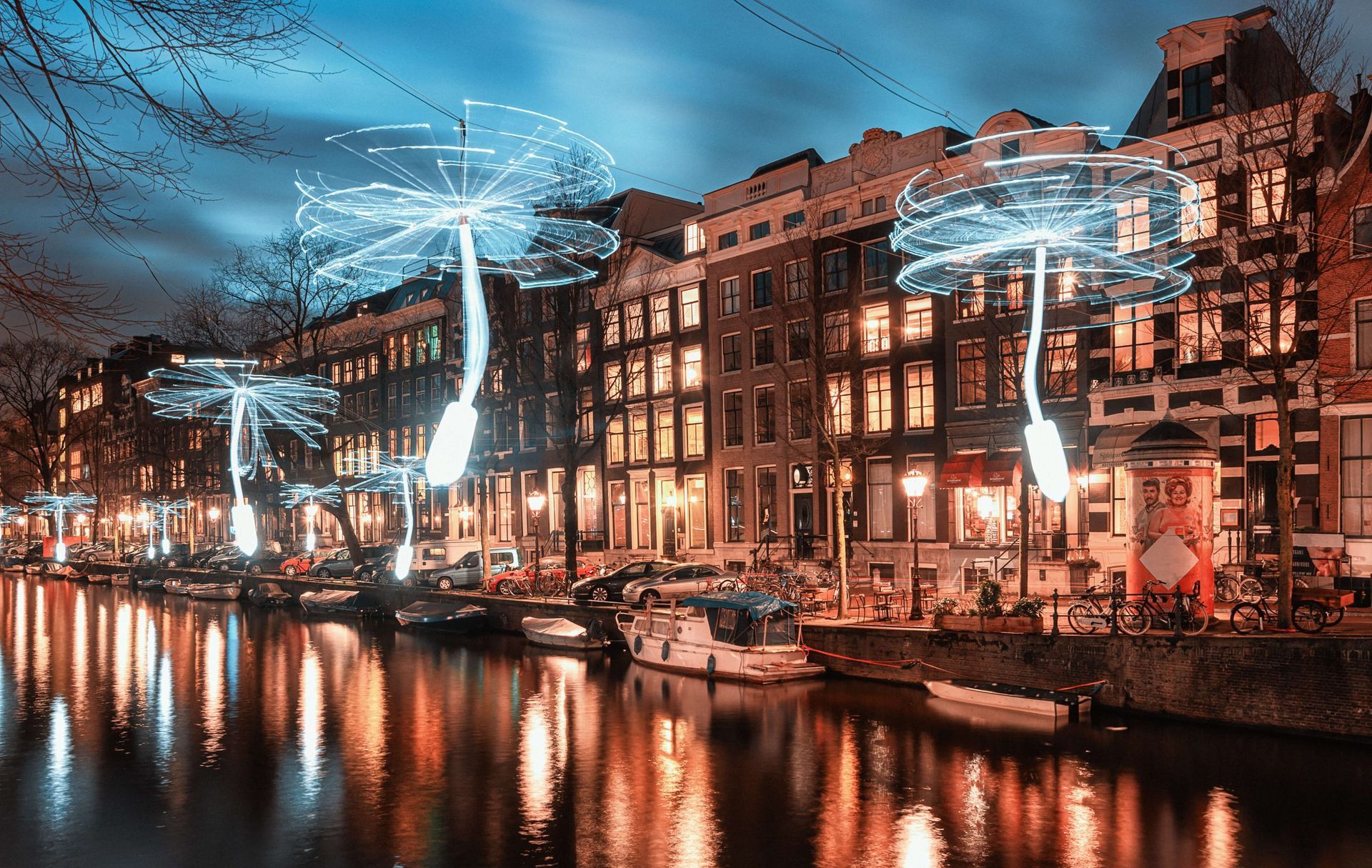
7. SUPPORT LOCAL BUSINESSES
a. Business Promotions: Inform local businesses about expected visitor numbers and help them prepare for an increase in demand. Encourage businesses to offer special deals or events that tie in with the nature of the event coming to town.
b. Temporary Regulations: Implement temporary regulations or adjustments, such as increased sidewalk space for outdoor dining or delivery zones near venues.
8. TOURISM AND VISITOR EXPERIENCE
a. Clear Signage and Way-finding: Ensure that event venues, transport hubs, and key tourist attractions are well-signed with clear directions in multiple languages if necessary. This helps residents and visitors alike navigate the city easily.
b. Cultural and Community Events: Organize city-wide festivals, pop-up events, or other activities to keep residents engaged and excited about the event, even if they are not attending the sports games directly.
9. PREPARE FOR POST-EVENT TRANSITION
After the event, ensure quick and efficient restoration of any infrastructure (like roads, signage, and facilities) to their regular state, especially if temporary modifications were made for the event.
10. RESEARCH AND INSIGHTS
a. Pre-event survey: As part of the early engagement process take time to survey the local resident and business community to understand more about their intended travel behaviours, awareness of the event and so on. As the event draws nearer repeat any surveys to determine if any communications and awareness is resonated and to make adaptations as necessary.
b. Feedback Mechanisms: After the event, ask residents for feedback on how things went. Use this to learn for future events and improve your city's overall event planning strategies.
IN CONCLUSION
It is often the case that arrival of a major event into an area, or a musical act to a sports venue, focuses on the venue/event itself and not on ensuring the local community is prepared. Failure to do so could not only lead to a poor event experience, it could seriously impact the local economy and undermine the reputation of all involved.
If you’d like to chat more about In the Round’s experience in this important area of event planning then come say hello@intheround.global as we’d love to share more about our experiences.

